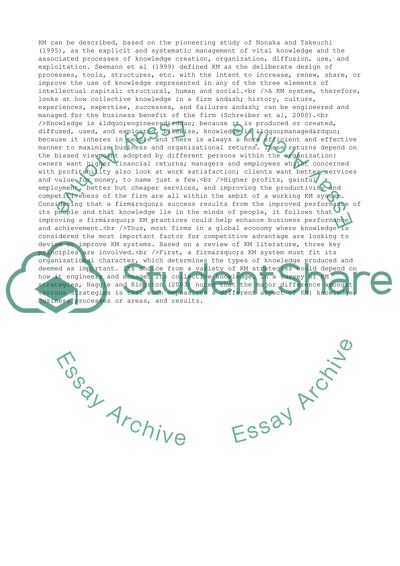Cite this document
(Knowledge Management in an Engineering Consultancy Coursework, n.d.)
Knowledge Management in an Engineering Consultancy Coursework. https://studentshare.org/management/1719126-knowledge-management-in-engineering-consultancy
Knowledge Management in an Engineering Consultancy Coursework. https://studentshare.org/management/1719126-knowledge-management-in-engineering-consultancy
(Knowledge Management in an Engineering Consultancy Coursework)
Knowledge Management in an Engineering Consultancy Coursework. https://studentshare.org/management/1719126-knowledge-management-in-engineering-consultancy.
Knowledge Management in an Engineering Consultancy Coursework. https://studentshare.org/management/1719126-knowledge-management-in-engineering-consultancy.
“Knowledge Management in an Engineering Consultancy Coursework”. https://studentshare.org/management/1719126-knowledge-management-in-engineering-consultancy.


